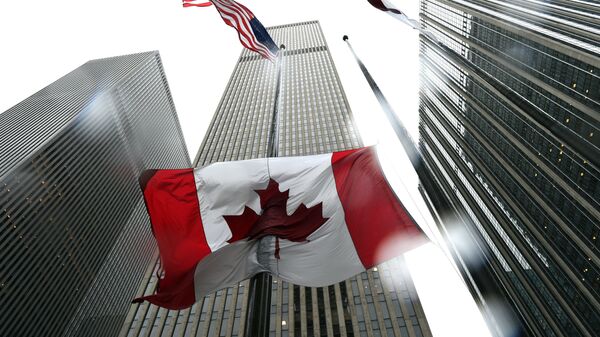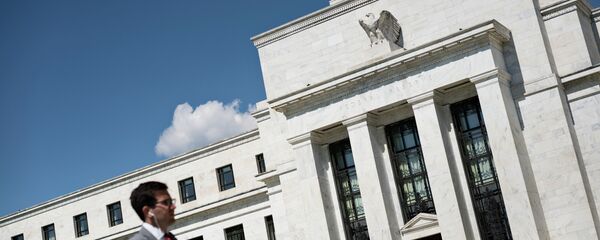Canada's households and private sector entities are becoming increasingly indebted, with private sector debt-to-GDP ratio having risen by 60% between 2005 and early 2016, almost as much as during the previous four decades, 1965-2005.
In part, the tendency is explained by Canada's GDP growth dynamics, which slowed somewhat during the past decade, fluctuating between 4% in 2005 and —4% in late 2009, and between 1% and 3% thereafter. Historically, the pace of Canada's economic growth hit its peak in the late 1960s-early 1970s, exceeding 8% annually, and holding at just about 6% thereafter, interrupted only by brief periods of recession.
Demographics provide even more answers. During its heyday of unprecedented economic expansion, Canada was a scarcely populated, albeit resources-rich, nation. In 1965, Canada was home to just under 20 mln people, and that figure increased to 27.5 mln in 1990. However, a recent surge of immigration has boosted the nation's population to 35.16 mln in 2013 and counting. The increase in household indebtedness reflects a steadily rising demand for mortgages, and with real estate prices going up as more people have moved in since 2005, the size of the country's debt market has risen exponentially.
Additionally, the ultra-accommodative policies of the Bank of Canada (BoC) have played their part in fueling the demand for credit. In 2001, BoC's base borrowing costs stood at 6%, effectively staving off insufficiently solvent potential borrowers. In 2005, the rate was 2.5%, and throughout first part of the 2010s, the rates were 1%, only to be lowered further to 0.75% and 0.5% in 2015.
Consequently, Canada's private sector non-financial debt-to-GDP ratio is now greater than that of the US, and the gap has never been wider. Canada's ratio exceeds that of the US 5-4; in 2005 the US ratio was 5:3 higher and the ratio was equal for the two countries in 1980.
"Canada came through the financial crisis looking relatively good, not because of productivity-enhancing advancements or anything like that, but by going through this hyper-leveraging cycle," David Doyle of the investment bank Macquarie said.
In recent years, the US private sector debt-to-GDP ratio has been shrinking by an average of 2% annually as many US businesses and households have struggled to service their existing debts, and tighter monetary conditions would not allow restructuring through further debt imbursement. In Canada, the credit cycle has been going in the opposite direction, with the private sector debt-to-GDP ratio adding an average 5% per year due to BoC stimulus and easilily available credit, along with the booming real estate sector.
The tar sand oil boom, which has affected parts of Canada, as well as robust demand for mortgages from young families have been driving the private sector's credit expansion. However, there is rife volatility in the banking sector, and the entire Canadian financial system is overheating, bearing an implicit hazard of asset bubbles forming in its midst. Consequently, Canada might be nearing its equivalent of the US ‘2007 phenomenon‘ that resulted in the mortgage crisis and broader credit meltdown.
However, the current situation implies the credit cycles in the US and Canada are becoming increasingly desynchronized, which last happened during the ‘oil bust' of 1986. This time around, the discrepancy between credit cycles north and south of the border will obviously linger for many years due to conceptual differences in monetary policies used by the BoC and the Fed. In turn, that means US-Canadian economic interdependence in the real sector is starting to fade.
Unless Canada crashes in a financial meltdown soon and subsequently tightens up its credit policies, the nation is likely to remain mired in near-stagnation until its manufactured goods its growth prospects lift off by late 2010s. Canada, however, can hardly count on domestic consumption as reliable source of growth, as it is over-reliant on credit as well.







